Most people associate close-up and macro photography with Spring and shooting outdoors, capturing subjects such as small insects, flowers, and other plants in the outdoors; however, macro photography can be done at any time of the year, including indoors, and there are a bunch of different subjects to capture!
For those just getting started with this category, indoors can often be more forgiving and sometimes easier. In this article, we’ll take a look at what goes into getting started with close-up and macro photography, whether you’re shooting indoors or outside around your home.
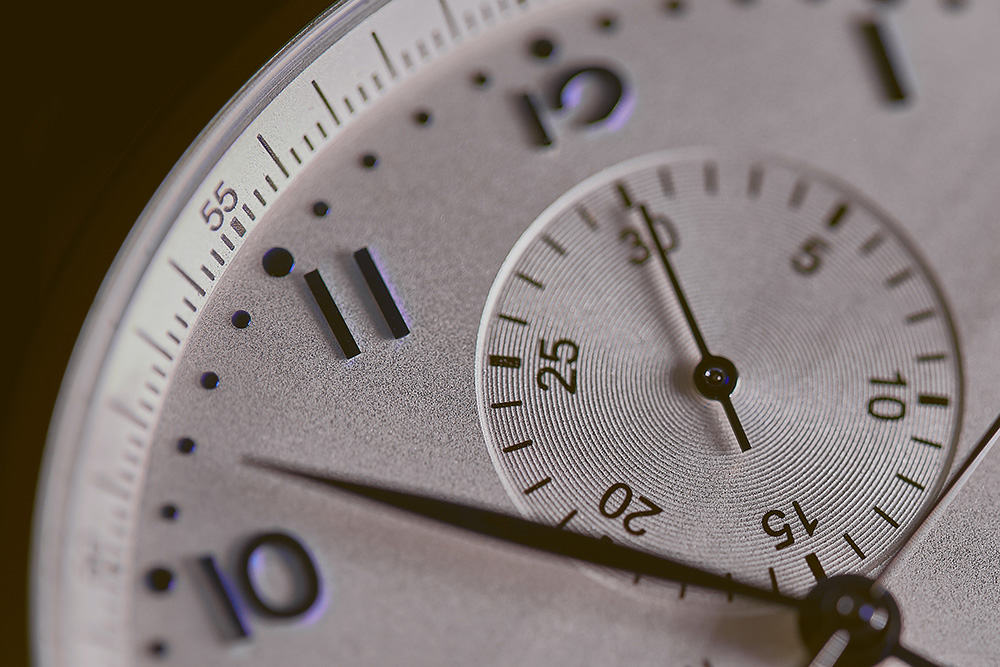
What Does ‘Macro’ Mean?
In the most common sense, ‘macro photography’ means ‘life-size‘. We think of this in terms of magnification first and separation distance second.
Basic Kit
To capture true macro shots, you’ll need a camera that can take interchangeable lenses. Depending on how much magnification you want, you may need a lens specifically designed for close-up work. Many zoom lenses are labeled (inaccurately) as being macro zooms. This means that they may be able to deliver up to 1/4 life size. This isn’t true macro, but might be all you need to accomplish your desired look. Working indoors, you will also need a source of light. This could be flash, a continuous lighting system, or even a desk lamp with a diffused source. (One thing I’d advise to avoid using is a close-up lens filter, as I have seen many people get discouraged on close-up work while using these.)
A true macro lens delivers an image to the sensor that is one times life size, so if the subject is 3/4″ long in real life, it would be a 3/4″ long image on the sensor. This is how we get really large images in post processing, because the image at the sensor size is life size. A general macro lens of any focal length will deliver 1x life size on the sensor. Focal length in a macro lens is not about magnification, it is about distance between the front of the lens and the subject, what is often called standoff distance.
In general, we want more standoff distance, than less because it gives us more space between the front element and the subject. This allows for effective use of a lens hood and helps reduce shadows created by the lens when it is in very close. While we can get macro lenses with focal lengths at 40mm, 50mm, 65mm, 85mm, 100mm, 105mm and 180mm to name a few, the most popular focal length is the 100-105 range. It allows for 1x life size and a reasonable standoff distance while maintaining a fast f/2.8 maximum aperture.
You want a fast lens to maximize the autofocus performance although you will probably not be shooting at f/2.8 for close up work because of the razor thin depth of field.
We already know that the closer we are to the subject, the lower the amount of depth of field we get at any given aperture. This is why macro lenses will often have apertures that can go very small to deliver increased depth of field.
While we can use a macro lens for non-close-up work, we are paying more because a true macro lens is a very specially designed lens. Construction is designed to mitigate the diffraction that occurs in general purpose designs at small apertures. The lens elements are arranged to deliver a flat focus field corner-to-corner, suitable for document, stamp and coin imaging. Manufacturers will often put enormous effort into their macro lenses and while they are fixed focal length, they are also often the sharpest lenses in a manufacturer’s stable.
I Want More Than Life Size
When I started out as a photographer, all lenses and focus were manual. We would use a bellows device to move the lens towards and away from the film plane. Some manufacturers such as Minolta made extremely effective bellows units that would even allow for focusing wide open and only stop down for the shot, just like a normally attached lens. By placing a macro lens on a bellows, we moved the lens away from the body, increasing the effective magnification.
Bellows are a rare beast today, but we do have fixed length extension tubes. Good tubes will protect automatic aperture control and some even allow for autofocus. Be cautious with cheap no name tubes as they very often do not mount up properly or may not hold the lens properly. The longer the tube, the more magnification you get.
There are also special purpose macro lenses such as Canon’s MP-E 65mm which is a 5x life-size macro lens. It can only be used for close-up, there is no capacity in it for infinity focus.
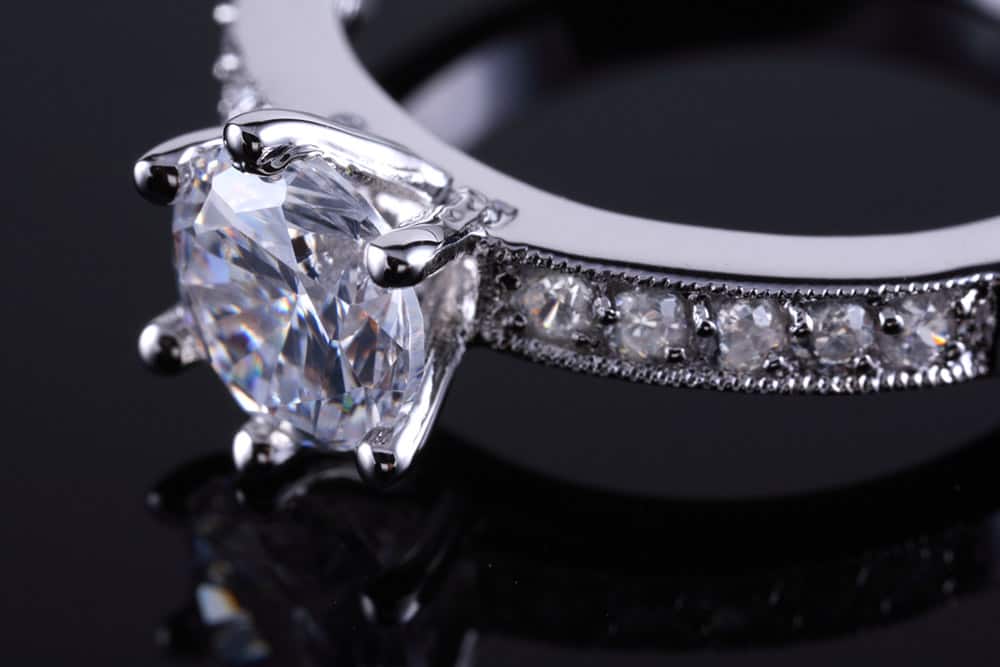
Stability
As we know from long telephotos, we all shake to some extent. This gets really exacerbated with macro lenses when we want small apertures for lots of depth of field, as this drives slower shutter speeds. Work from a tripod is a generally applicable rule. Some people who use extension tubes add a focus rail that allows simple back-and-forth movement of the camera lens combination to provide more precise focus adjustment. Some use two in opposition to give both side-to-side and back-and-forth precise movement.
I also typically recommend the use of a remote release cable to trip the shutter and avoid camera movement from physically pressing the button. You don’t need something super fancy for this.
Seeing Focus
There are a number of tricks to check focus for macro. The cheapest is to go to manual focus and then use Live View. The bigger LCD can help you focus precisely and adding a loupe with a magnifier will help even more. I recommend the Hoodman Loupe with 3X magnifier to all my students, not just for macro, but to always have in their bag. The fact that it works great for macro is just another benefit.
Another option is a right angle finder. You remove your eyecup and clip this unit on. It allows you to look down into the viewfinder when the camera is low, and they often have a magnifier built in. Sadly all manufacturers use different sizes in their viewfinder frames so you have to get one specifically for your camera.
Lighting
In my introductory programs, I advise attendees to get themselves a good quality gooseneck or spring arm architect style desk lamp. Next I advise looking into a 5500K daylight balanced compact fluorescent bulb, such as the Westcott 85-watt 5500K lamp. A good alternative would be the Westcott 45-watt Dimmable daylight bulb which features 72 daylight-balanced (5600K +-200) diodes.
I suggest that the lamp reflector be finished in white inside instead of silver and to look for a wider rather than narrower bowl. Then get a roll of white parchment paper and tape a piece of paper over the front.
The CFLs don’t get really hot, and parchment paper is made to be used in ovens. Good CFL bulbs are already nicely frosted but some are less so, hence the additional diffusion provided by the parchment paper.
Another option is to make a small frame of PVC pipe and cover it with a white shower curtain liner. This makes a larger source and you shine your light through it.
Once you decide that continuous light is a good route for you, and you want something more agile and multi-purpose, consider some form of continuous photographic lighting.
You can certainly use flash for macro work. You don’t really see before the shot how the light will look, so more experimentation is needed and more diffusion will definitely be needed. Flash has a lot more output, so it can deliver enough light at f/32 without multi-second exposure times.
There are also special purpose flashes called ringlights that surround the lens with a ring of light. It’s designed for copy work, so the light tends to be rather flat, although the better units allow for different power settings on the left and right flash tubes. These ringlights are very special purpose because they are typically low powered with limited range. A good alternative for this would be compact LED Lighting such as the Aputure MC RGBWW LED light which features full HSI color control and a CCT range of 3200K-6500K, giving you a full range of color options.
Putting it All Together
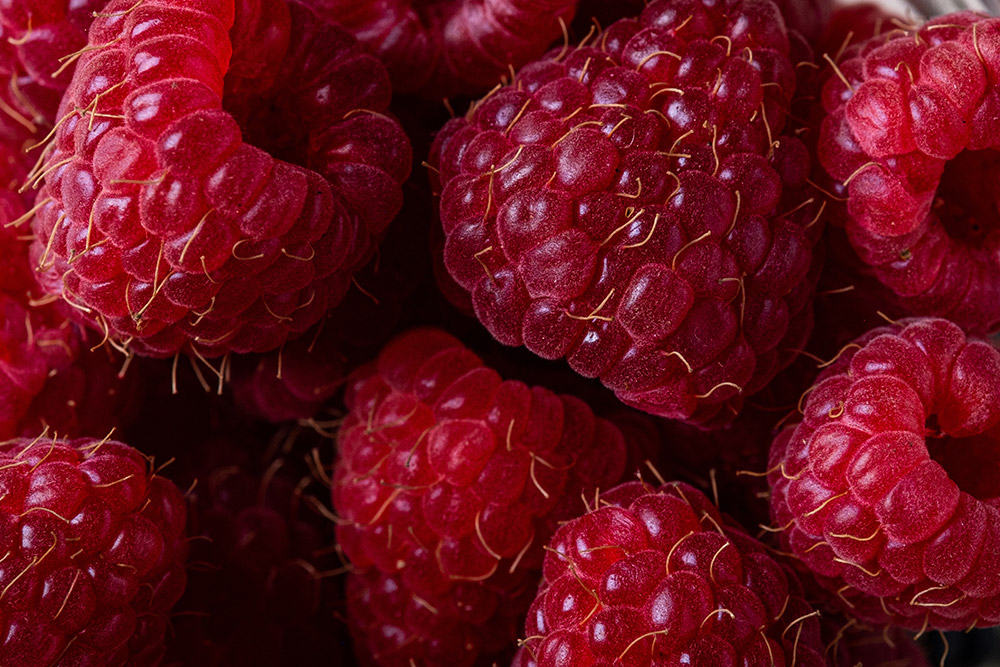
So you have your camera, your suitable lens, a simple light source, your tripod and a remote cable release. Now, you can find a subject. You don’t have to go far because your home is filled with things that reveal fascinating textures, patterns and colours when photographed at or near life-size. You might have plants and flowers in your garden, or even your local florist that’s opened can provide you with lovely flowers. The local art supply store will have peacock feathers and the like. You may have a fishing tackle box in your home – fishing flies are great macro subjects. Jewelry such as rings and earrings also make great subject ideas.
In my demonstrations, I always shoot a tight close-up of an opened box of crayons or coloured pencils. They may sound like simple subjects, but can make awesome shots up close! Take a look in and around your house for subjects that you wouldn’t typically see in ‘macro’ shots!
What’s Next:
Want to learn more about macro photography? Check out these related articles on Henry’s Blog:
- Versatility – The Mid Focal Length Macro Lens
- Lighting for Close-Up, Product and Macro Photography
- 3 Macro Lenses We Like (And When To Use Them)
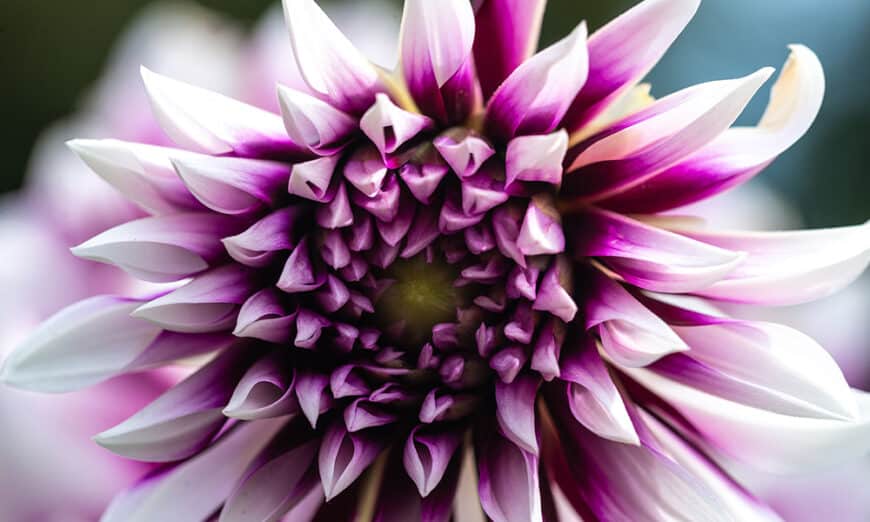
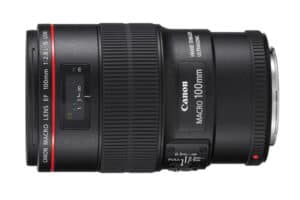
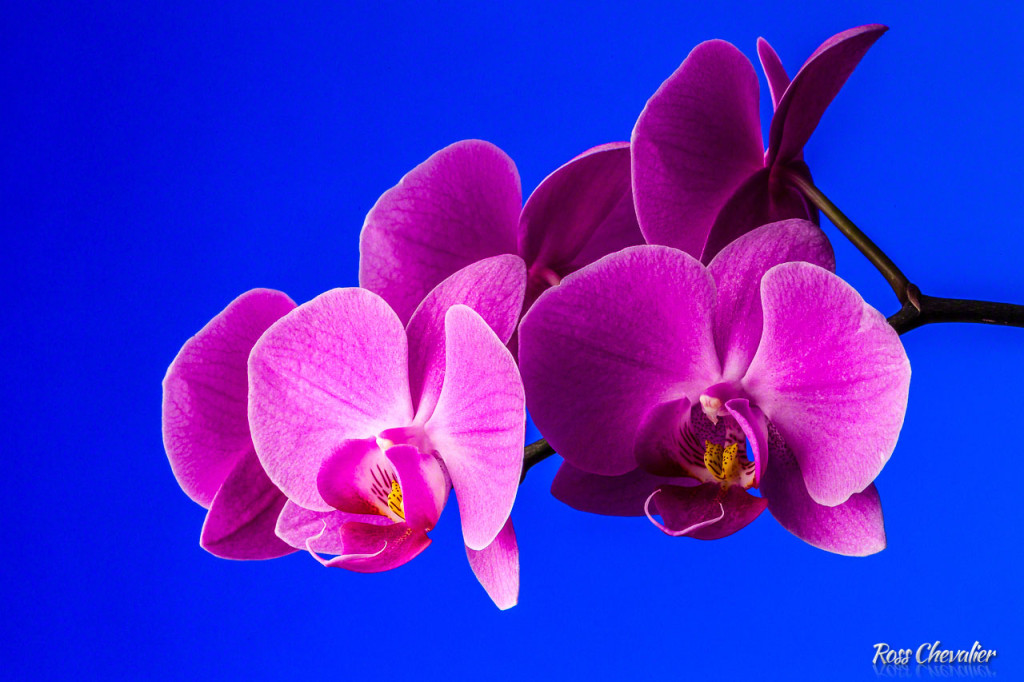
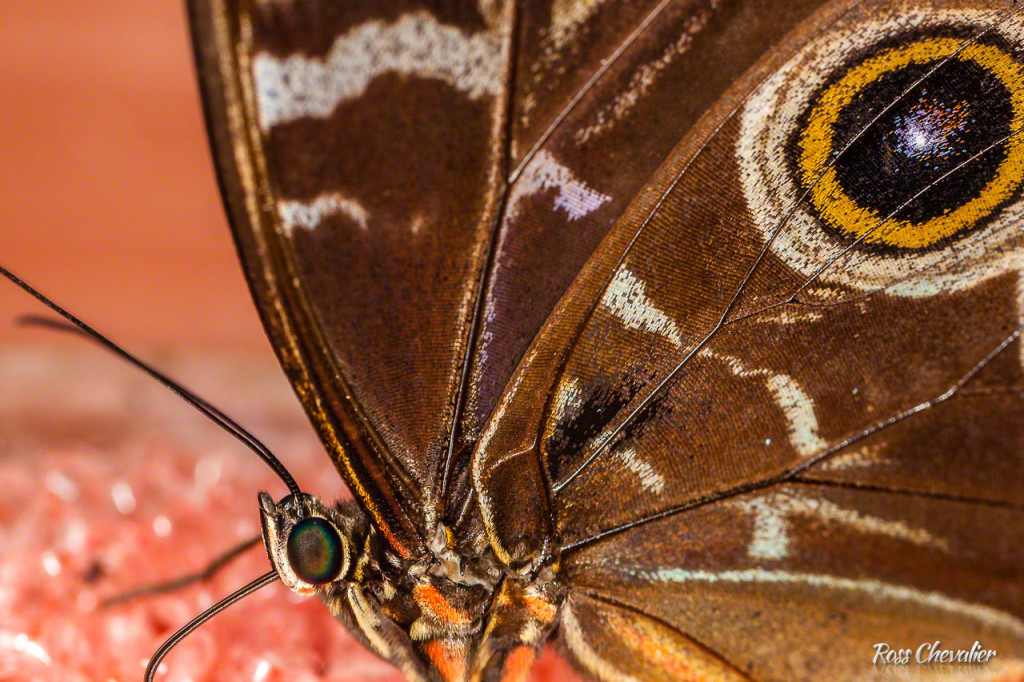
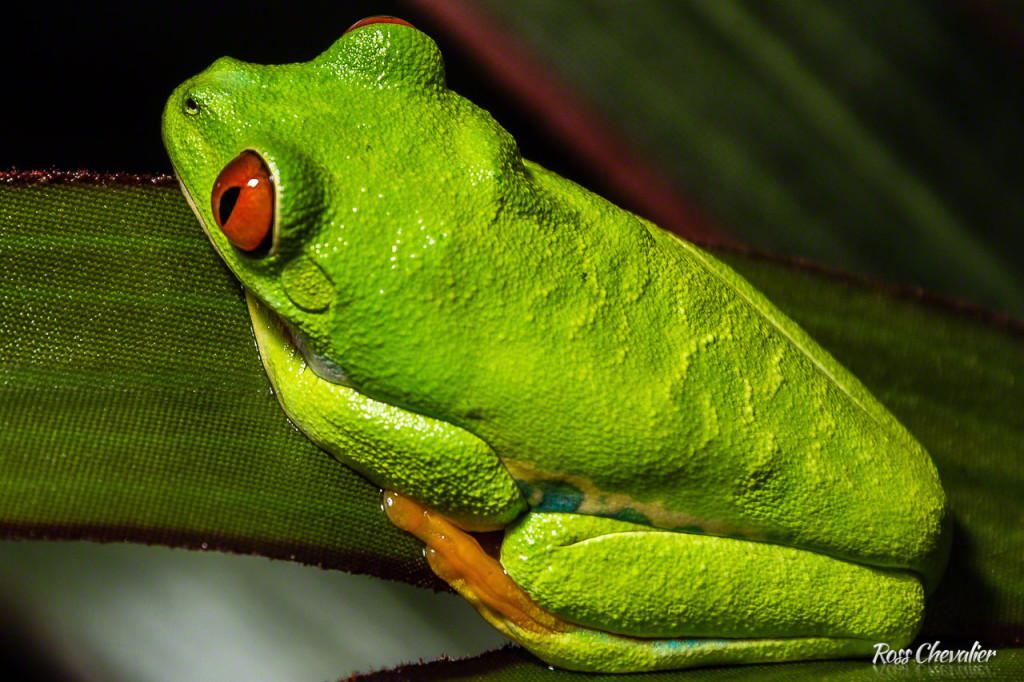
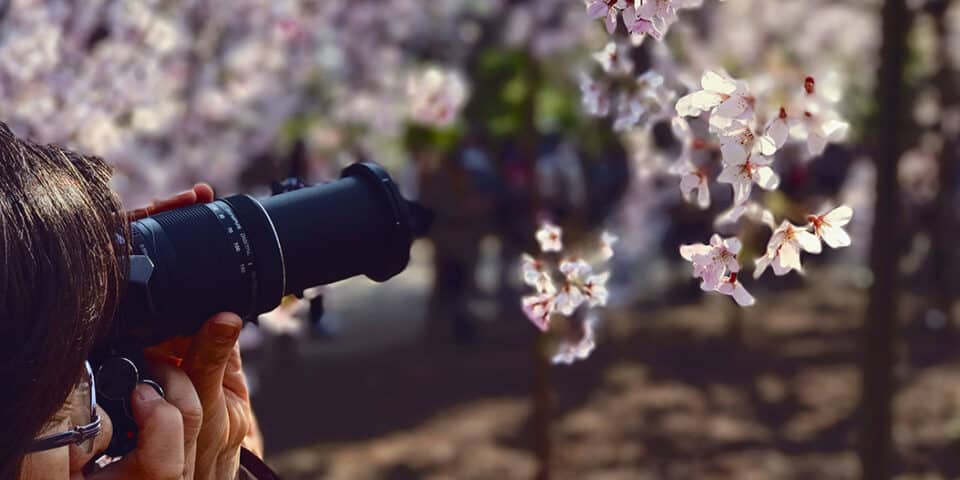
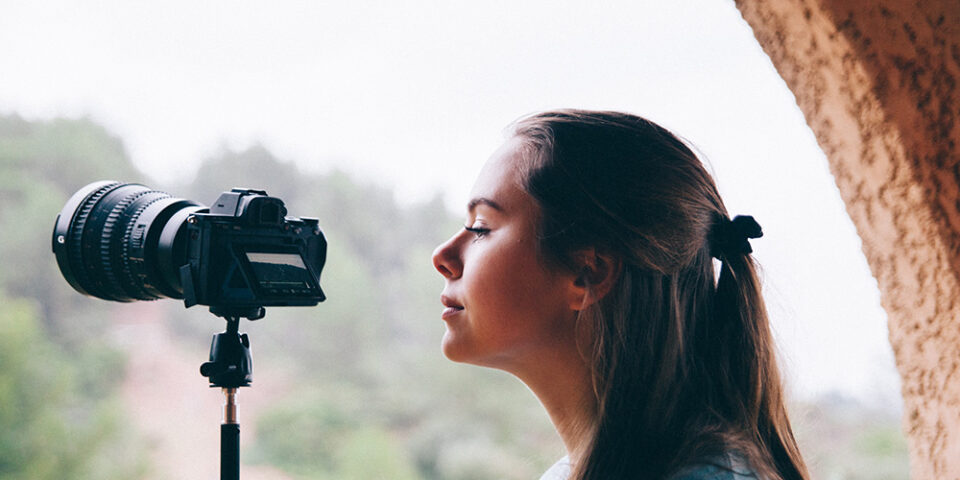
COMMENT (1)
Pingback: Versatility – The Mid Focal Length Macro Lens | Photography and video news, reviews and tips | Henry's Camera